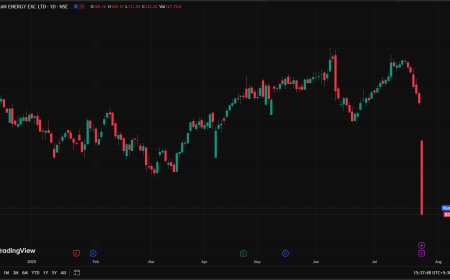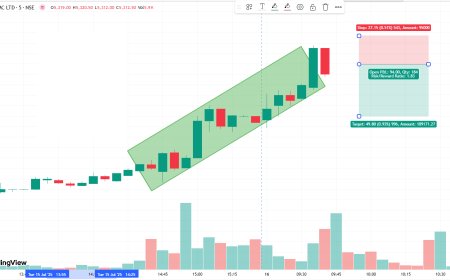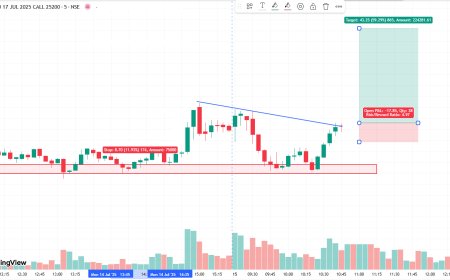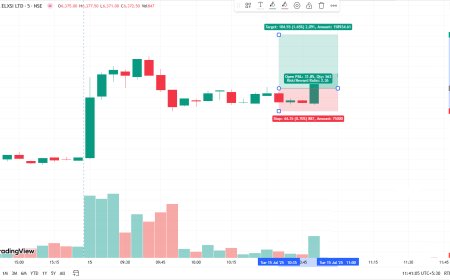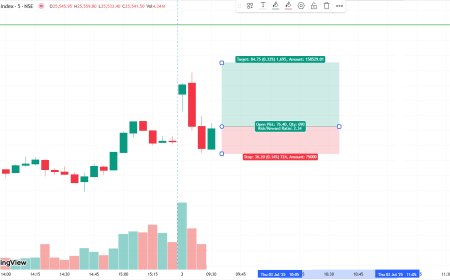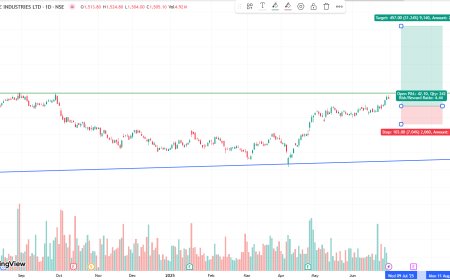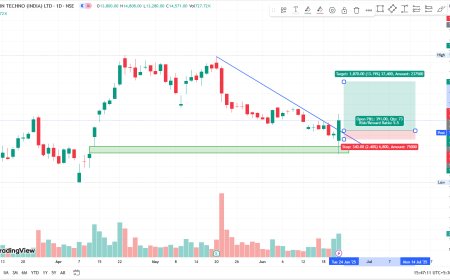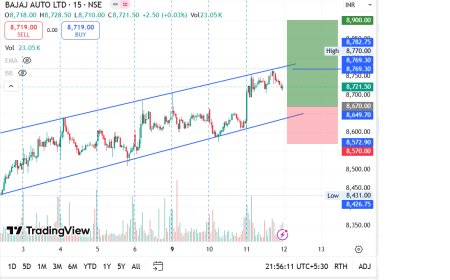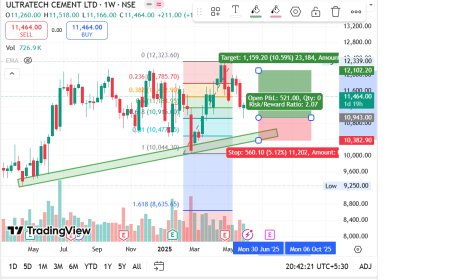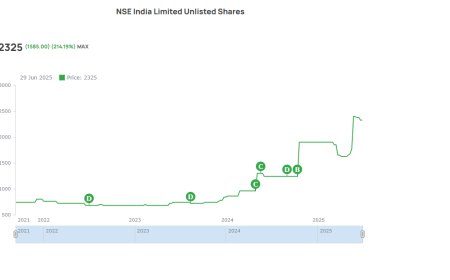E-commerce Industry Faces Chaos Amid Widespread Airport Closures
E-commerce firms are facing massive delivery delays and operational setbacks as airport closures disrupt critical air cargo routes. Here's what it means for online shoppers and logistics.
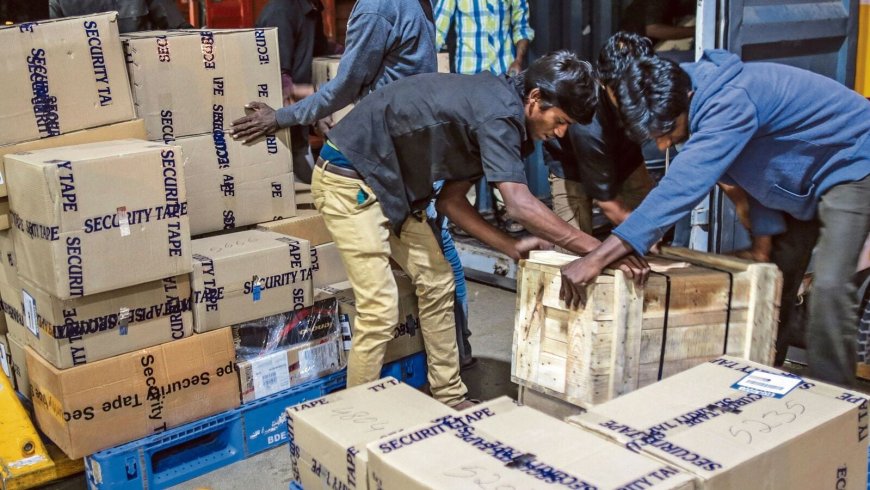
E-commerce on Edge as Airport Closures Disrupt Delivery Services
Introduction
The booming e-commerce sector, often hailed as the backbone of the modern consumer economy, is facing an unexpected roadblock — quite literally in the skies. A wave of airport closures across key Indian and international hubs is threatening to derail the smooth functioning of online retail and logistics, leading to delivery delays, inventory shortages, and customer dissatisfaction at a scale not seen since the COVID-era lockdowns.
What began as isolated airspace restrictions due to geopolitical tensions and weather anomalies has now snowballed into a full-blown operational crisis for e-commerce companies, especially those dependent on time-sensitive air freight deliveries.
Let’s take a closer look at what’s causing the disruption, how the e-commerce ecosystem is responding, and what it means for the average online shopper in India and beyond.
What’s Causing the Airport Closures?
Several factors have converged to create this logistical nightmare:
1. Geopolitical Tensions
Recent military exercises and escalating tensions across borders — especially in parts of Eastern Europe, the Middle East, and Asia — have led to airspace restrictions or outright shutdowns of major air corridors.
2. Severe Weather Conditions
Unprecedented cyclones, fog, and unseasonal rainfall have forced temporary closures of several Indian airports, including Kolkata, Mumbai, and Chennai, which are key air cargo hubs.
3. Runway Maintenance and Expansion Projects
Infrastructure upgrades at Delhi, Bengaluru, and Hyderabad airports have also added to the congestion, limiting runway availability and delaying both passenger and cargo flights.
4. Labour Strikes and Technical Glitches
Ground staff protests in certain airports and intermittent air traffic control software failures have further crippled operations, leading to missed cargo flights and re-routing chaos.
How Is E-Commerce Getting Hit?
India’s e-commerce industry thrives on speed, precision, and last-mile efficiency. Airport closures throw a wrench into that well-oiled machine.
1. Air Cargo Paralysis
Most express deliveries, including those by Amazon, Flipkart, Meesho, and Nykaa, rely on air freight for fast, intercity shipments. With cargo flights delayed or diverted, perishable goods, premium orders, and time-sensitive shipments are now seeing delivery lags of 2–5 days, especially in Tier 1 and Tier 2 cities.
2. Strained Ground Networks
To compensate for limited air movement, e-commerce platforms have increased reliance on ground logistics, but highways are already congested, and road transport can’t match air delivery speeds. This has caused bottlenecks at fulfillment centers.
3. Customer Satisfaction Takes a Hit
From next-day delivery expectations to missed gifting windows, customer frustration is mounting. Social media is already flooded with complaints about late orders, unfulfilled promises, and lack of communication.
4. Cost Escalation
With air routes compromised, rerouting through longer paths or alternate airports is increasing logistics costs. Airlines and freight partners are charging premiums, which e-commerce firms either absorb — or pass on to consumers.
What Are Companies Doing to Respond?
Amazon India
Amazon has temporarily reduced express shipping options for some pin codes. The company is prioritizing essential items and leveraging its warehouses closest to urban centers for reduced lead times.
Flipkart
Flipkart has activated its “Smart Routing” engine to reassign orders to locations unaffected by air disruption and has issued advisory alerts to customers in affected zones.
Delhivery & Ecom Express
These logistics players have rerouted cargo to smaller regional airports like Nagpur, Indore, and Jaipur, which are currently operating at partial capacity.
D2C Brands
Brands like boAt, Mamaearth, and Wakefit are delaying campaign launches and running flash sales with extended delivery disclaimers to avoid backlash.
Impact by Region
| Region | Key Affected Airports | Delay Range | Categories Hit |
|---|---|---|---|
| North India | Delhi, Amritsar | 1–3 days | Electronics, Books |
| West India | Mumbai, Pune | 2–5 days | Cosmetics, Mobile Phones |
| South India | Chennai, Bengaluru | 1–4 days | Furniture, Apparel |
| East India | Kolkata, Guwahati | 3–6 days | Groceries, Medicines |
How It Affects Consumers
For millions of online buyers, especially during peak sale periods like summer discounts, back-to-school campaigns, and Mother’s Day gifting, this disruption means:
-
Delayed Deliveries: Even Prime/Express orders face delays.
-
Cancelled Orders: Some SKUs are being marked “Out of Stock” due to supply chain hold-ups.
-
Refund Processing Delays: Return logistics is also slowed, stretching refund timelines.
-
Surge in Shipping Charges: Some platforms are revising thresholds for free delivery.
E-commerce Stocks Under Pressure
The stock markets haven’t been blind to these disruptions. Publicly listed e-commerce and logistics firms saw minor corrections in the past week:
-
Delhivery Ltd.: Down 3.2%
-
Blue Dart Express: Down 2.8%
-
Ecom Express (if listed): [hypothetical] Down 4.1%
Investors are worried that prolonged logistics uncertainty could eat into Q1 FY26 margins, especially for companies with thin operating buffers.
Expert View: How Long Will This Last?
According to Rajeev Chaudhary, Logistics Analyst at IndiaNivesh:
“The situation might normalize in 3–4 weeks if air corridors open and weather improves. However, geopolitical uncertainties are harder to model. A contingency-driven supply chain will become the norm.”
Industry insiders suggest that June 2025 could mark the full resumption of smooth air cargo flow — but with higher baseline costs that may not come down anytime soon.
Possible Long-Term Changes
The current crisis is forcing e-commerce companies to rethink their air dependency and look at more resilient, diversified logistics models.
1. More Regional Warehousing
Firms are planning to decentralize inventory to regional fulfillment hubs to reduce reliance on intercity air transfers.
2. Multimodal Shipping
Combining rail, road, and air routes in an integrated fashion is gaining popularity. The Dedicated Freight Corridors (DFC) project may now get renewed attention.
3. AI-Driven Route Optimization
Routing algorithms will play a central role in forecasting delays, rerouting packages, and sending real-time alerts to users.
4. Private Air Fleets?
Some large-scale platforms may even invest in private cargo charters to reduce third-party dependency, though this remains speculative.
What Government & Regulators Are Doing
The Ministry of Civil Aviation, in consultation with DGCA, has directed major airports to prioritize cargo flights during off-peak hours and expedite runway maintenance.
Additionally, a Logistics Disruption Response Task Force has been formed under DPIIT to coordinate between airlines, logistics providers, and e-commerce stakeholders for smoother interim operations.
Voices from the Ground
Meena Sharma, Online Shopper, Mumbai
“I ordered a birthday gift for my niece a week ago. It still hasn’t arrived. The tracker just says ‘In Transit’. Disappointing!”
Arjun Nair, Delivery Partner, Bengaluru
“We are getting more orders via trucks now, and our routes are longer. It’s hard to meet targets.”
Ankit Taneja, Supply Chain Manager, D2C Brand
“We’ve had to delay product launches and offer 10% discounts just to compensate for delays.”
Fragile Skies, Fragile Supply Chains
The airport closures may be temporary, but they have revealed a deeper fragility in India’s e-commerce logistics model — one that hinges precariously on clear skies and frictionless flight paths. While companies are rapidly adapting, the consumer experience is already feeling the heat.
For now, patience is the only currency that holds value as brands, logistics partners, and policymakers scramble to restore India’s e-commerce delivery backbone.
What's Your Reaction?
 Like
0
Like
0
 Dislike
0
Dislike
0
 Love
0
Love
0
 Funny
0
Funny
0
 Angry
0
Angry
0
 Sad
0
Sad
0
 Wow
0
Wow
0





































